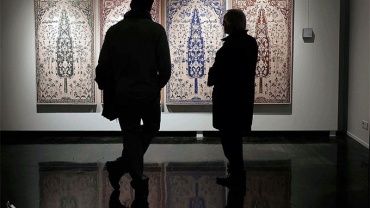Gallery
Our Affiliate Artists

Narenj Kazemi
Artist

Elahe Mirbabaeiyan
Artist

Pedram Kazerooni
Artist

Nasim Norozi
Artist
The Museum of Contemporary Visual Art
Dedicated to collecting and presenting art from all ages, this online gallery presents a selection of images from the collection, showcasing each piece on a unique art gallery wall.

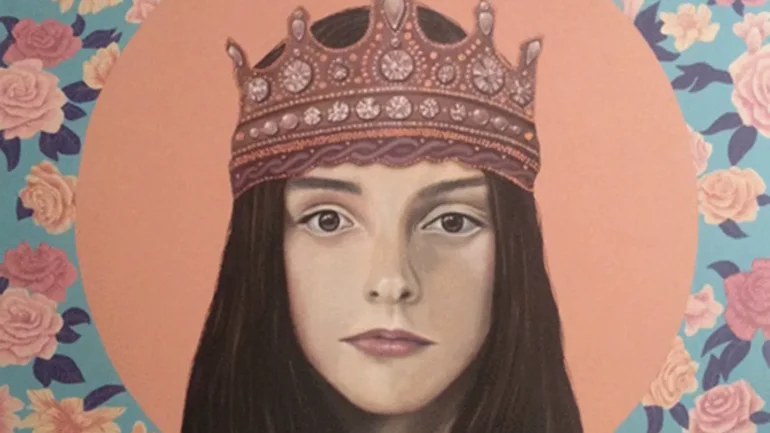
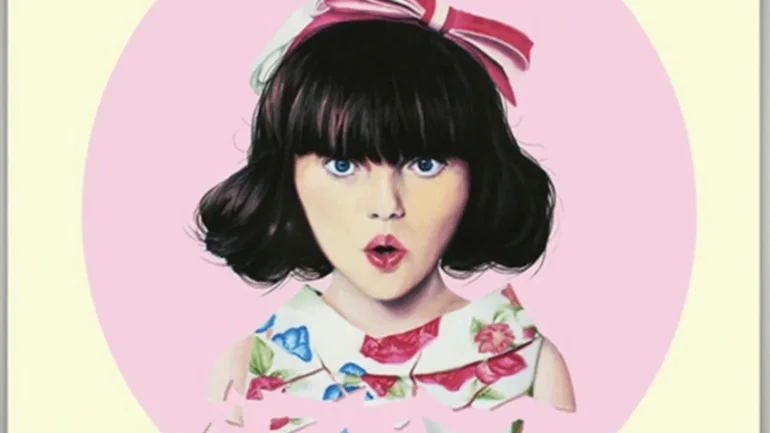

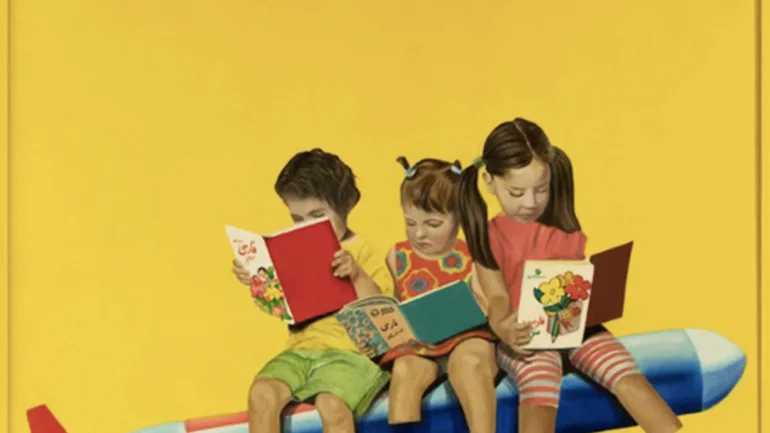

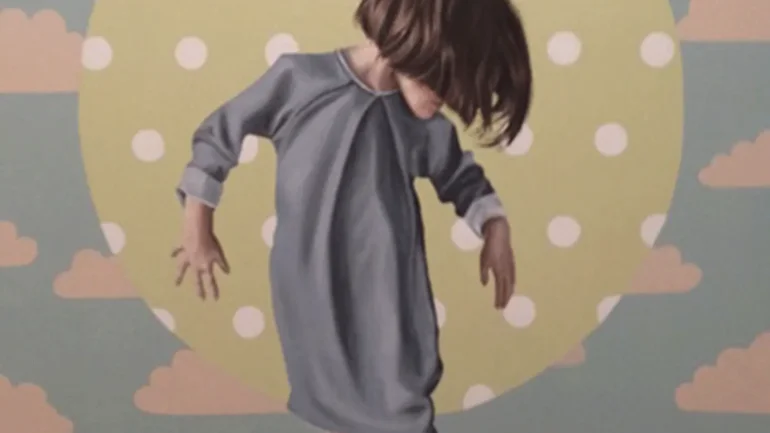
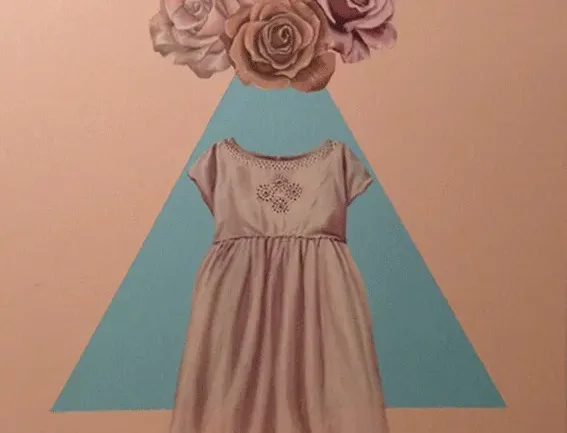
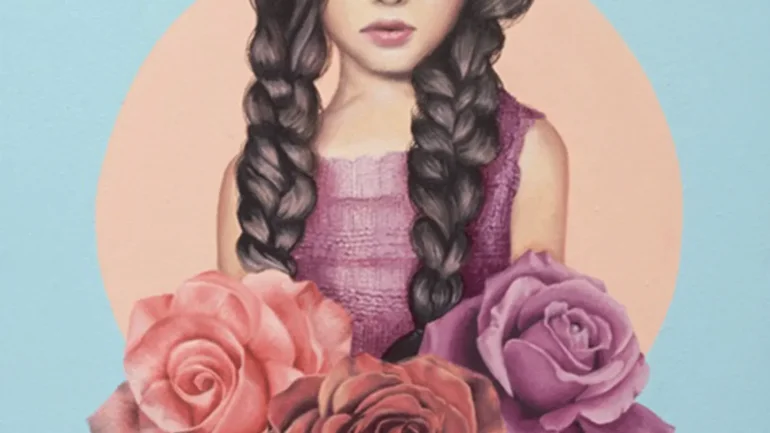

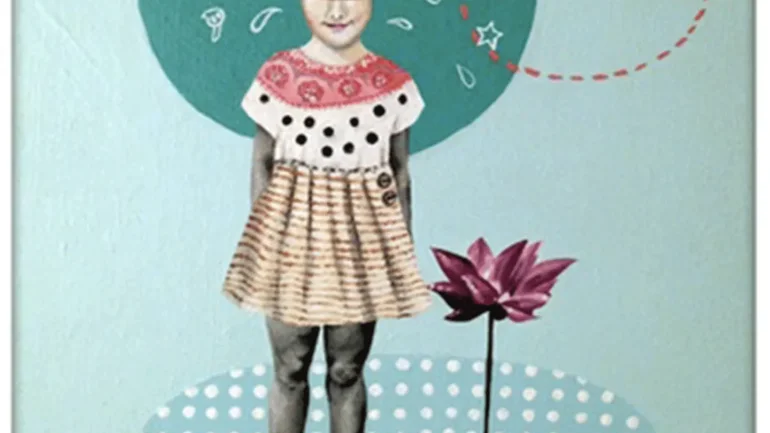

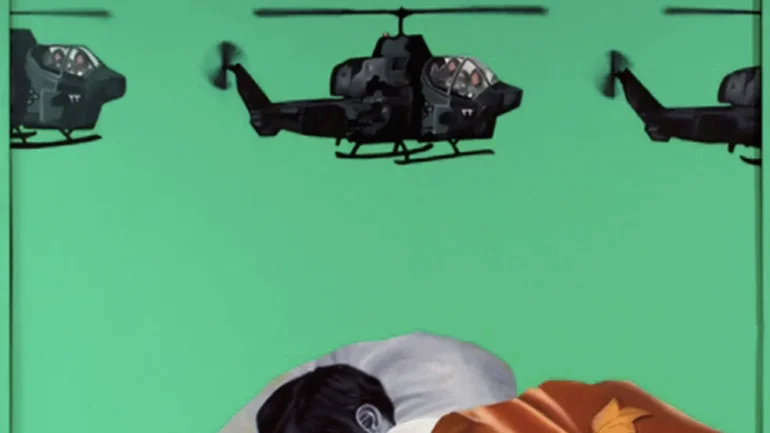
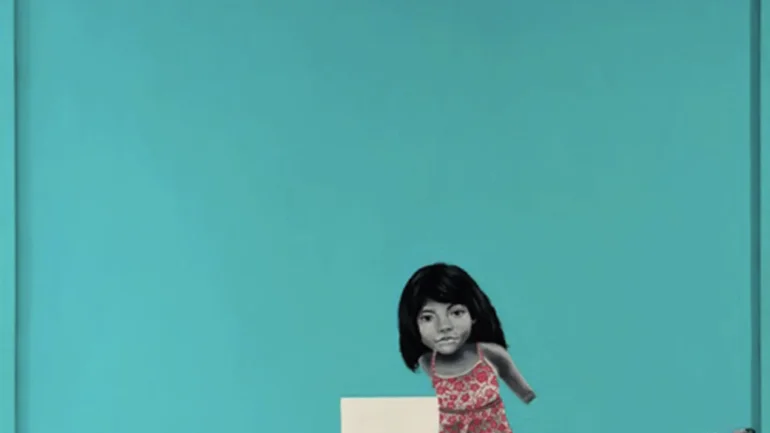

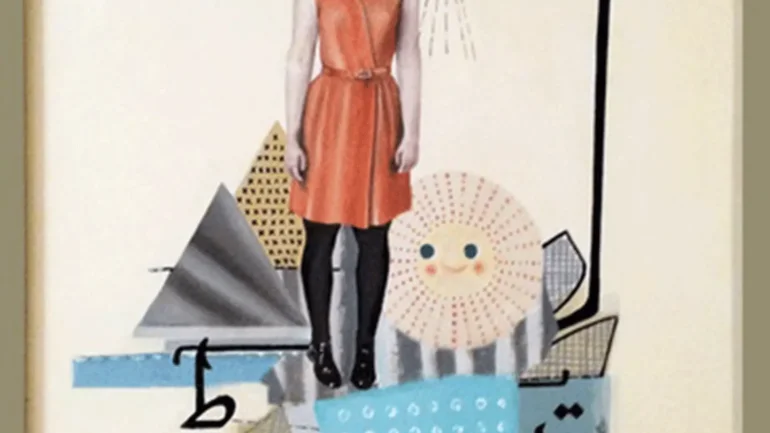
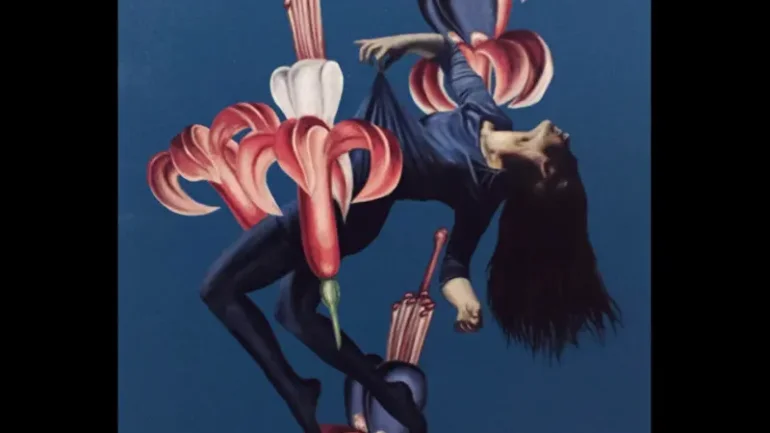
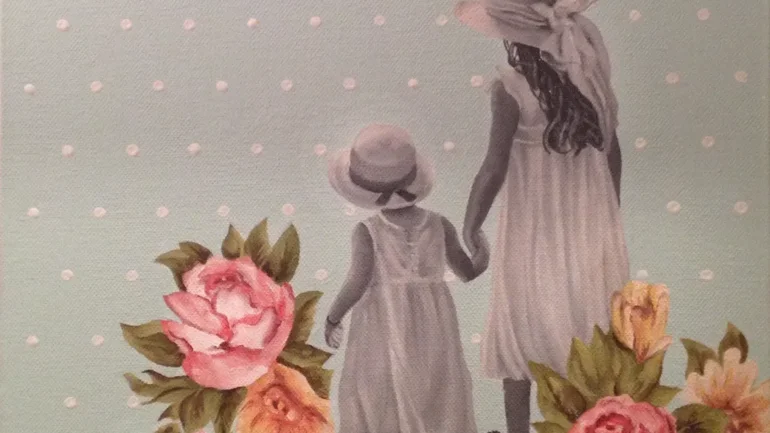
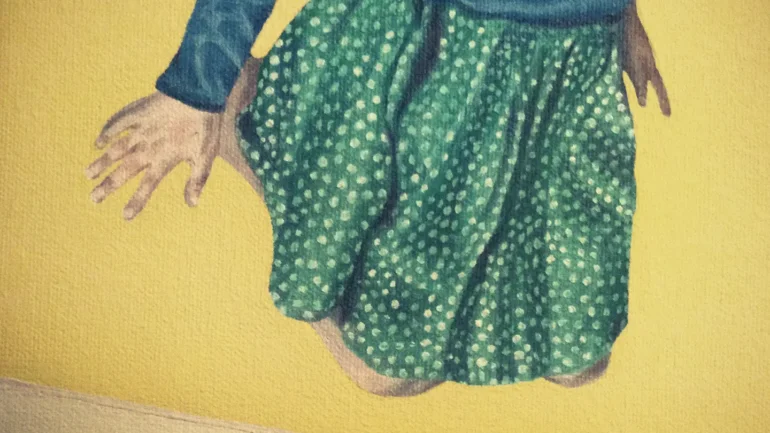
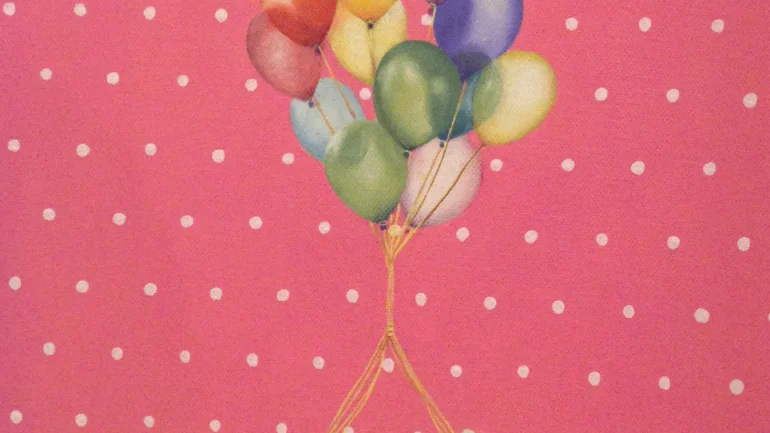

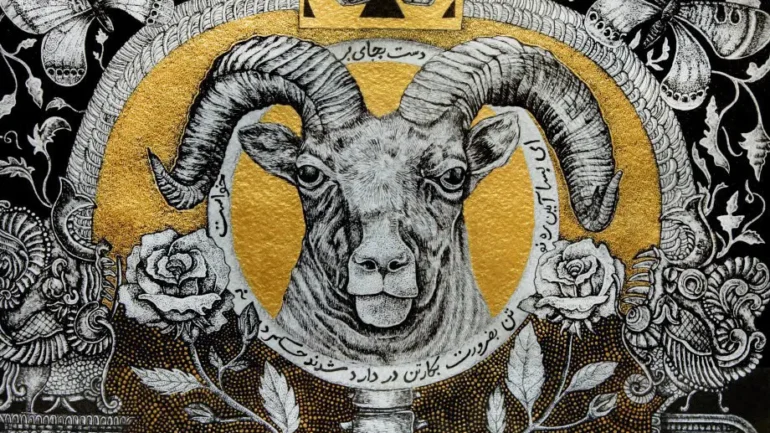
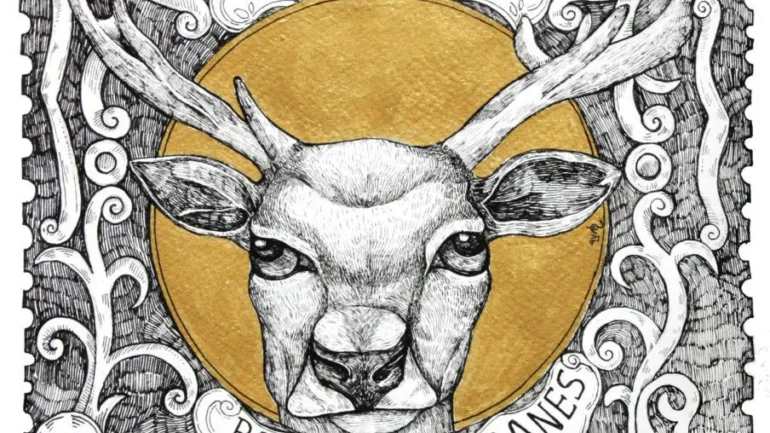
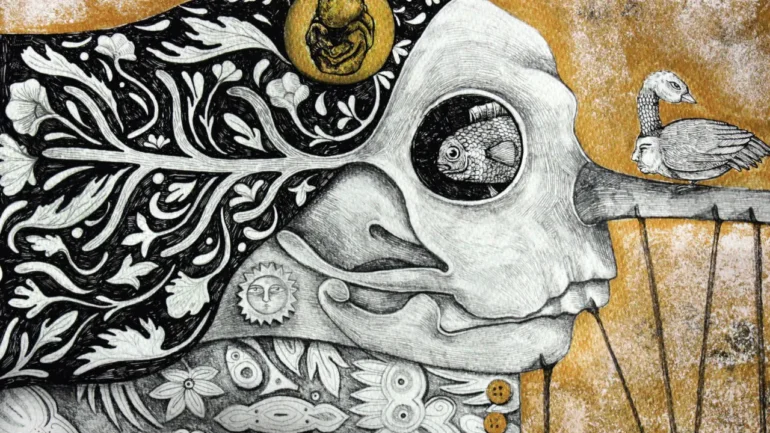
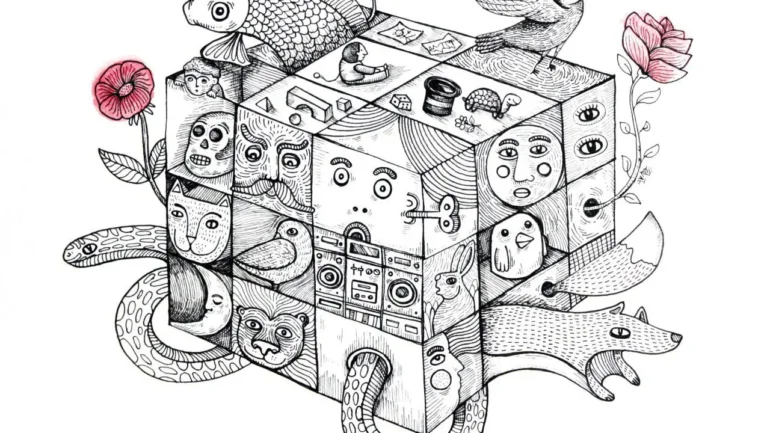

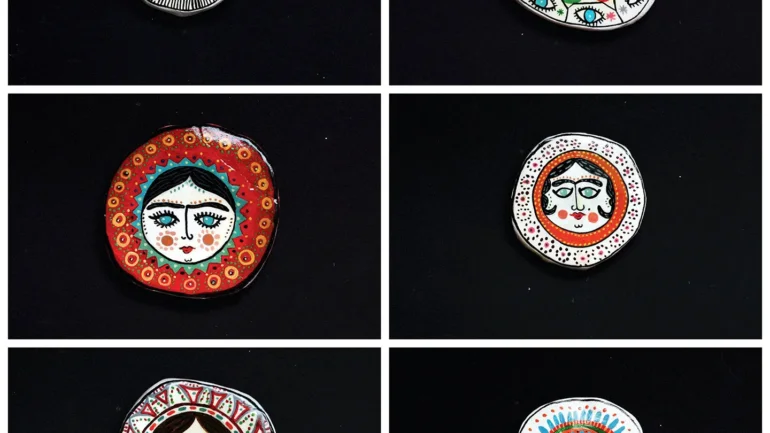
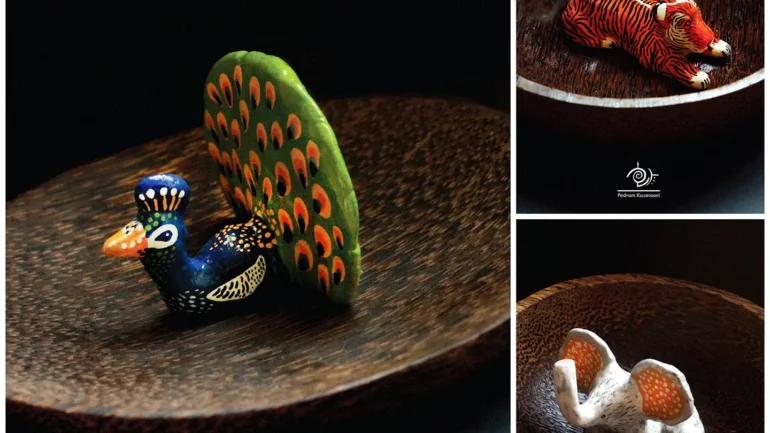
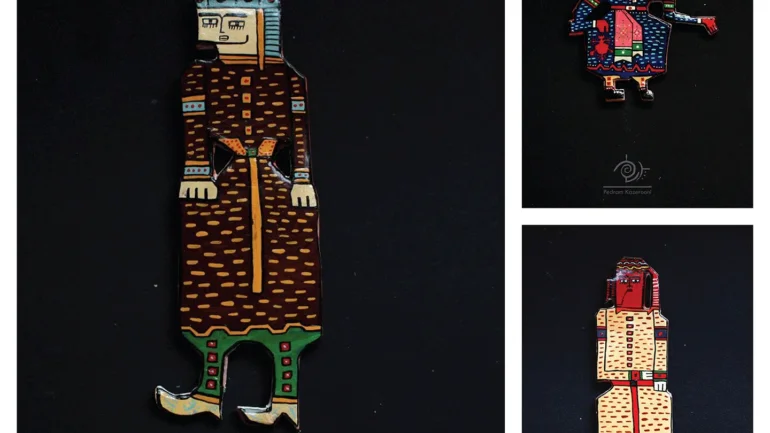
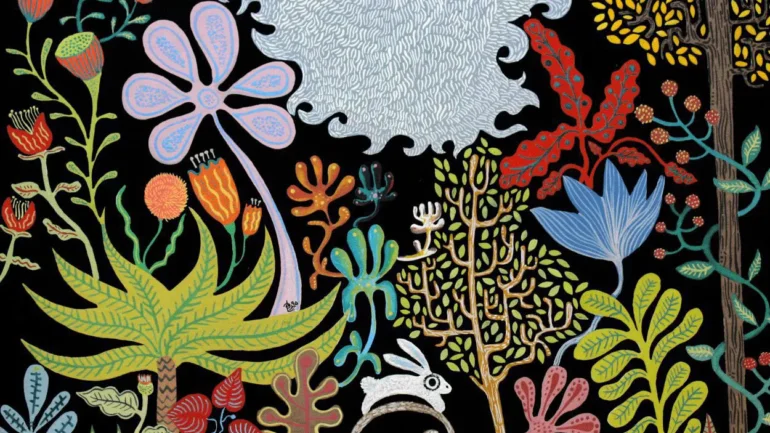

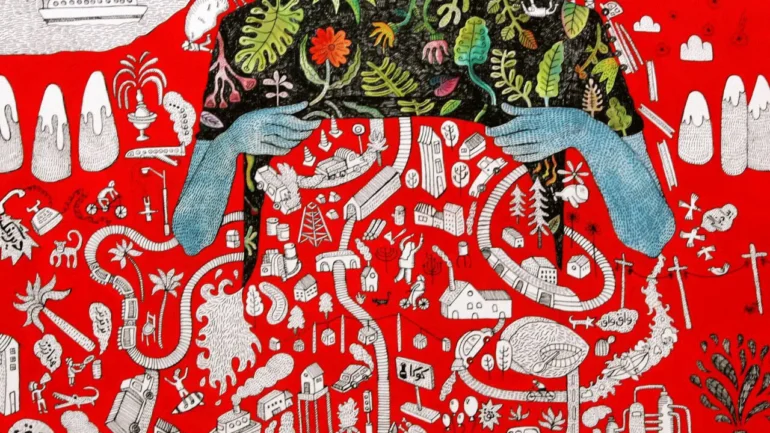
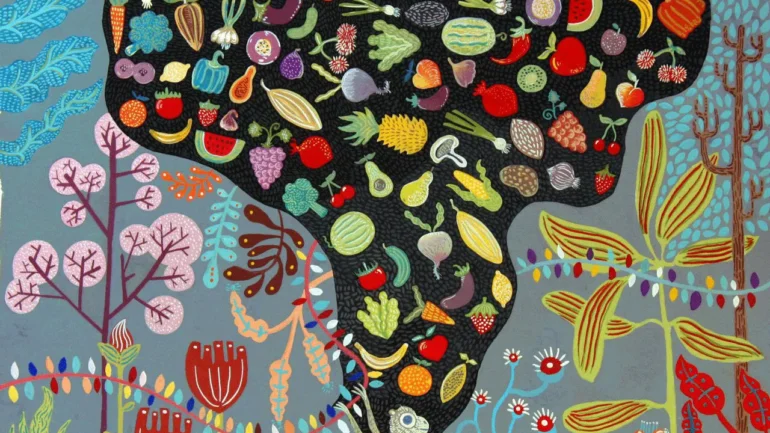
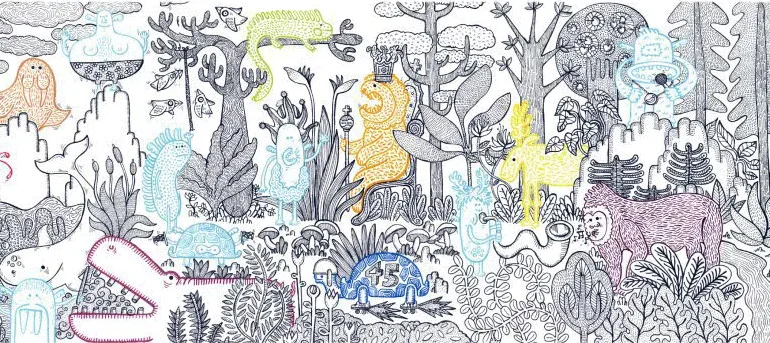
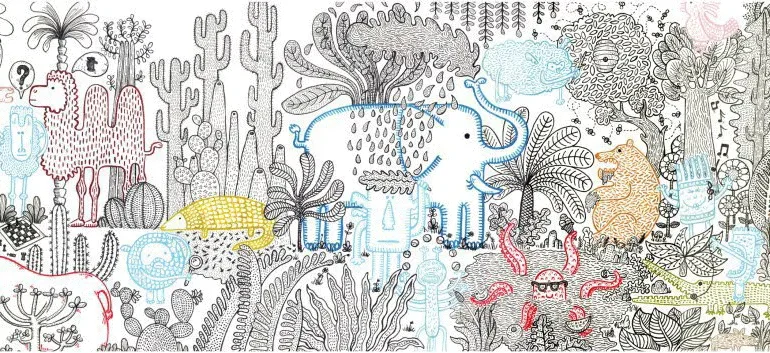
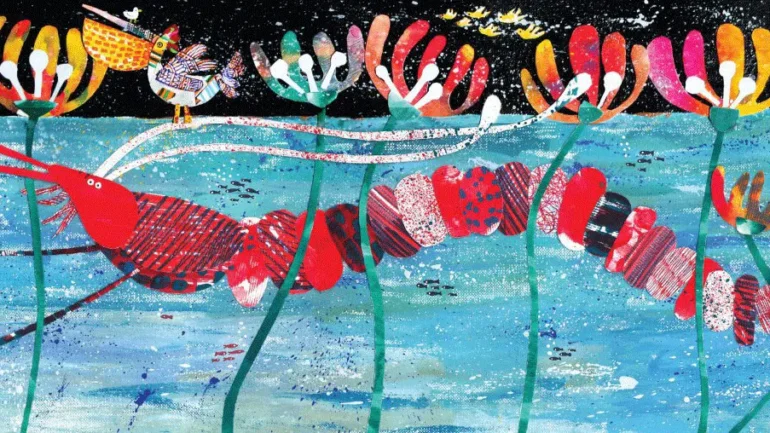
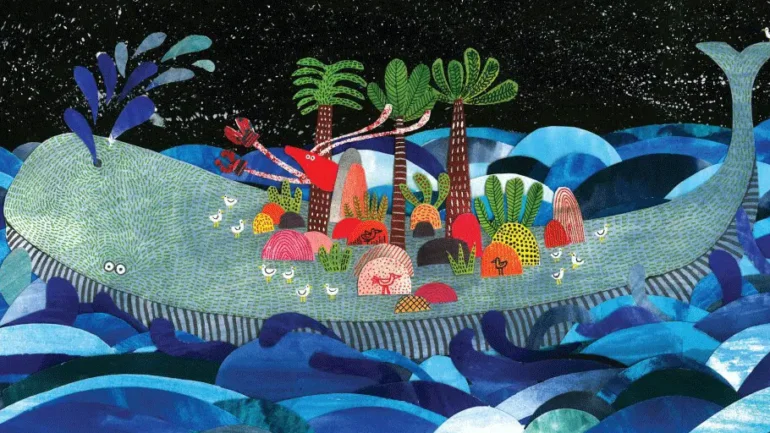
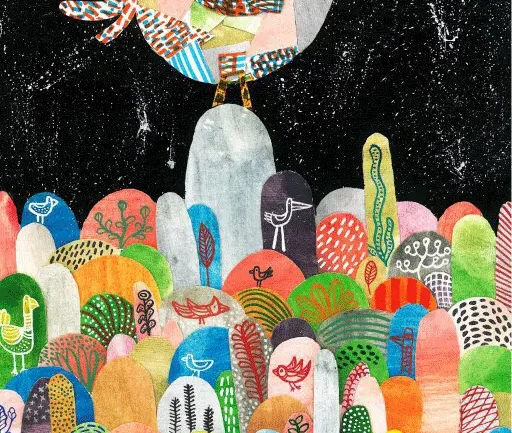
Charles Bukowski


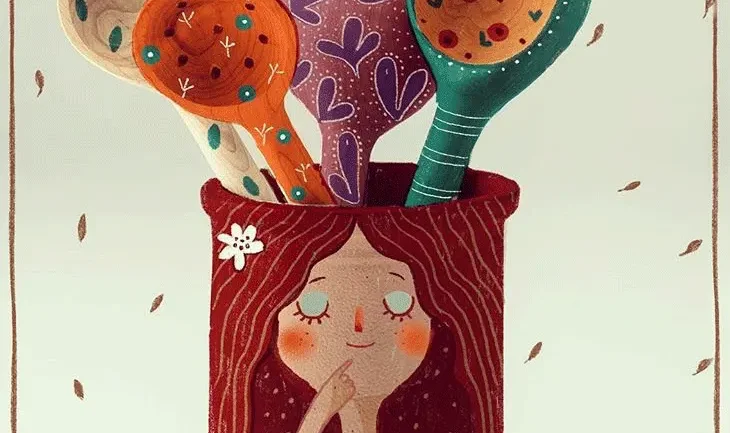
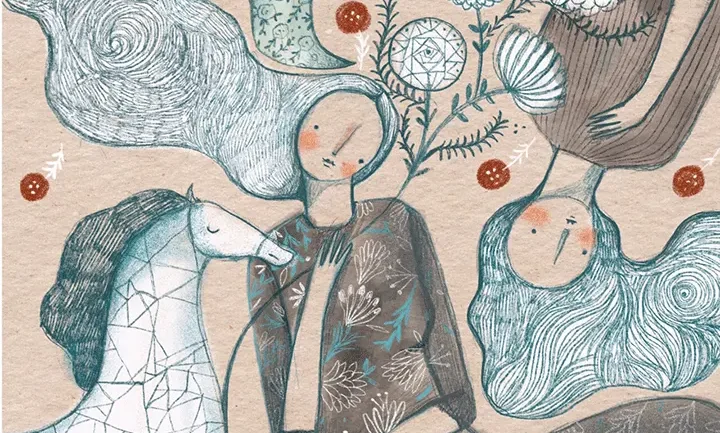

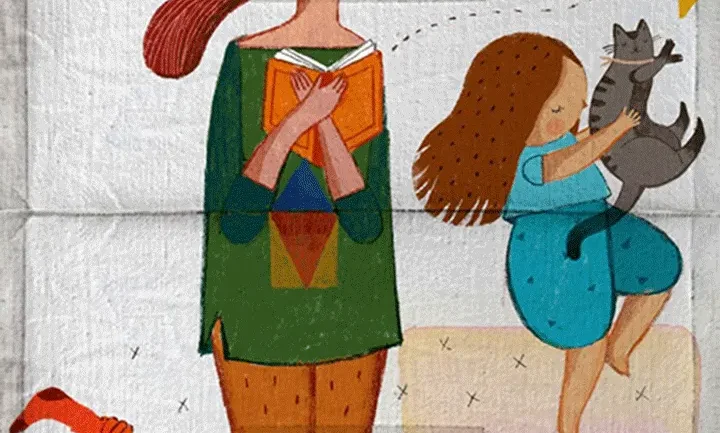
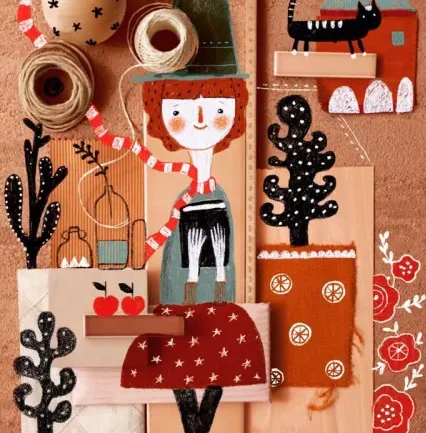
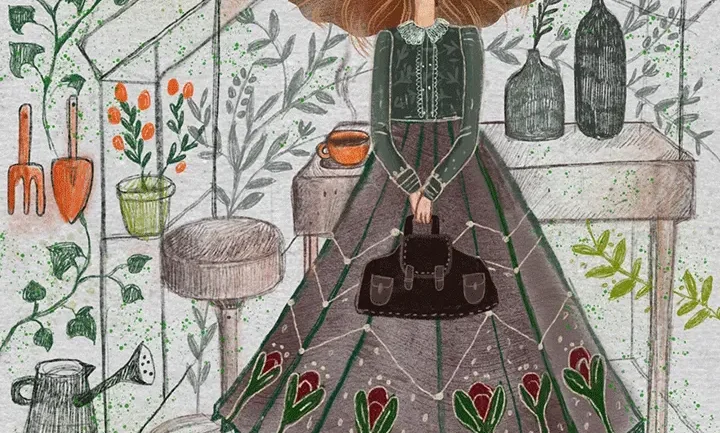
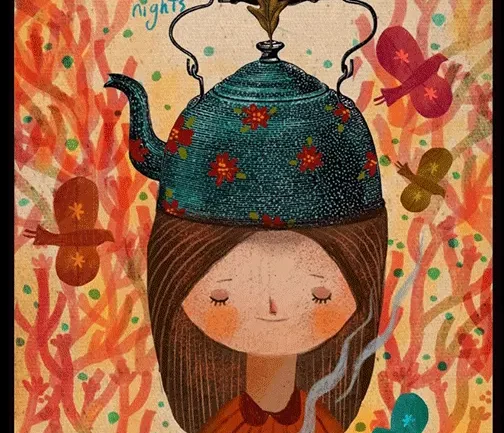


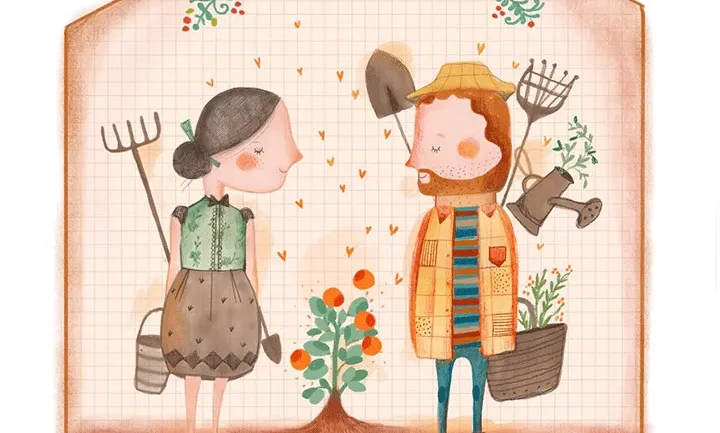

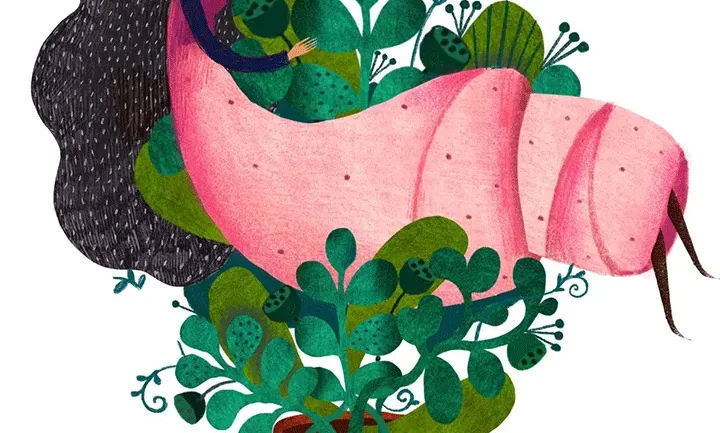

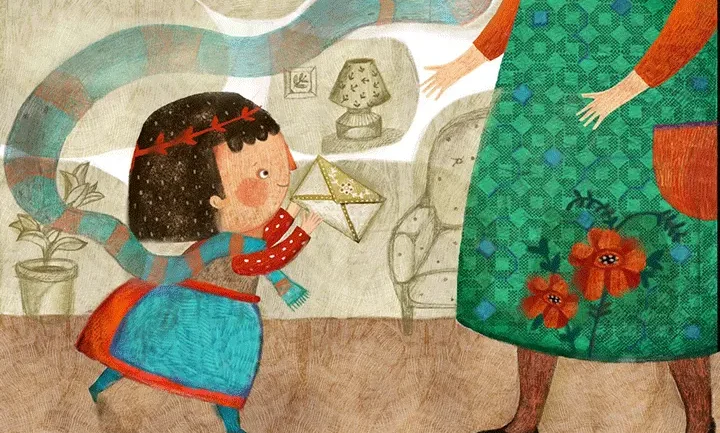

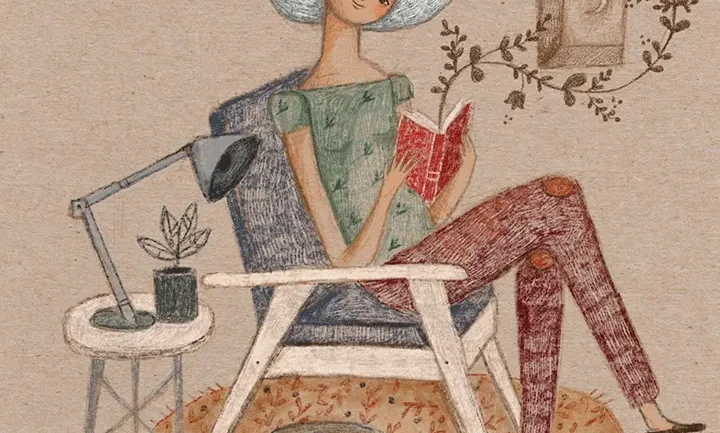
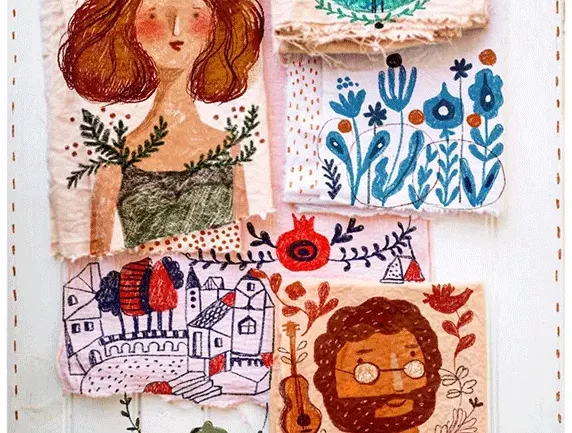
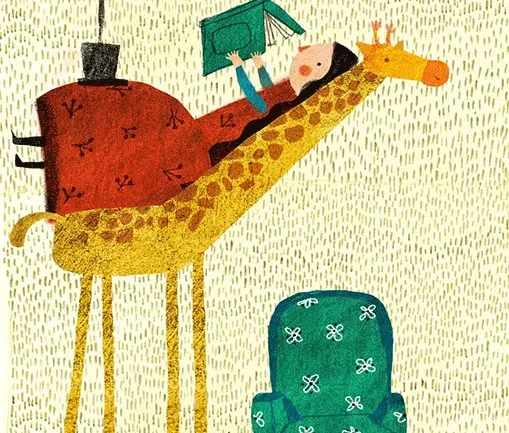
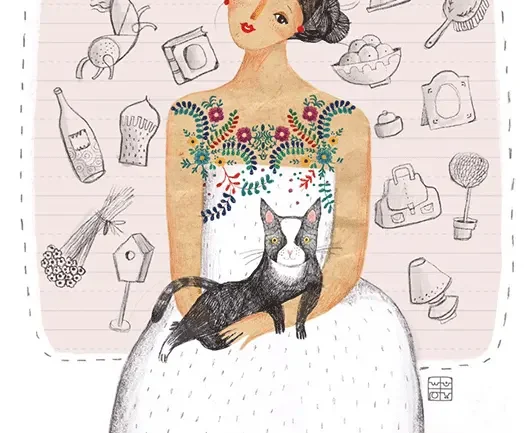
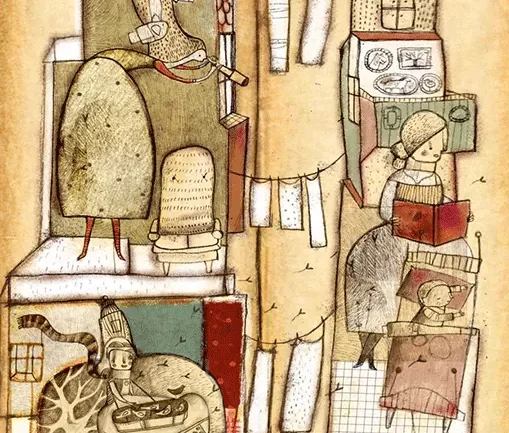
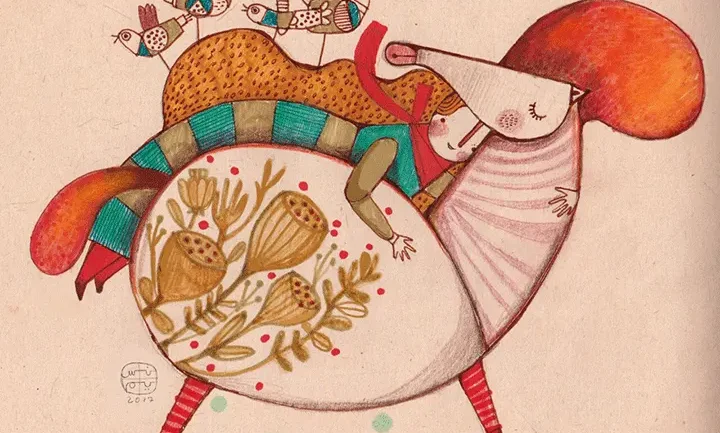

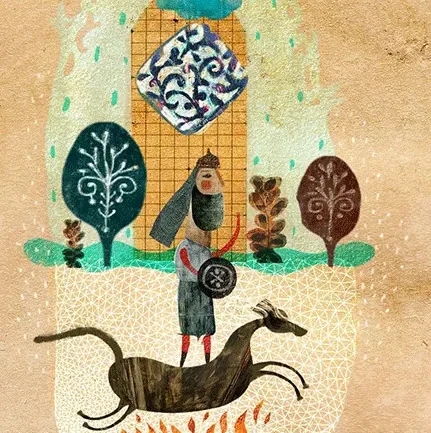
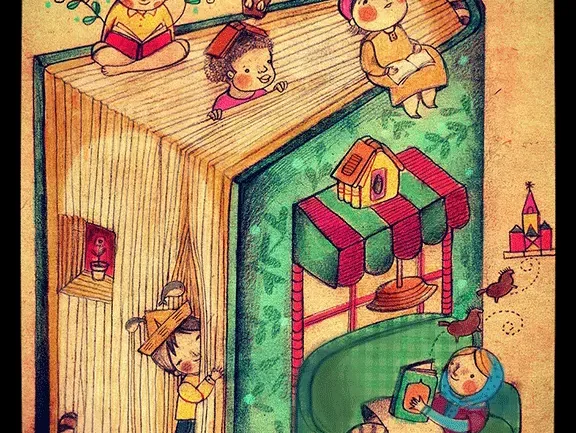
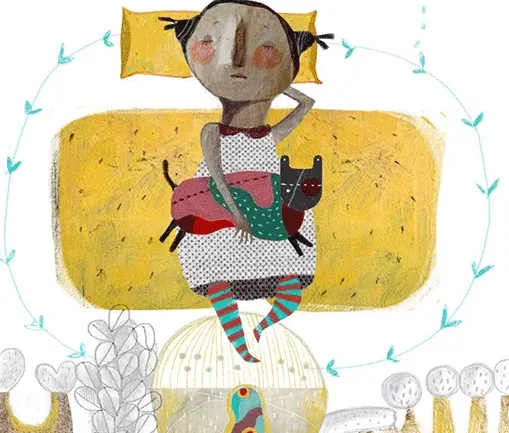
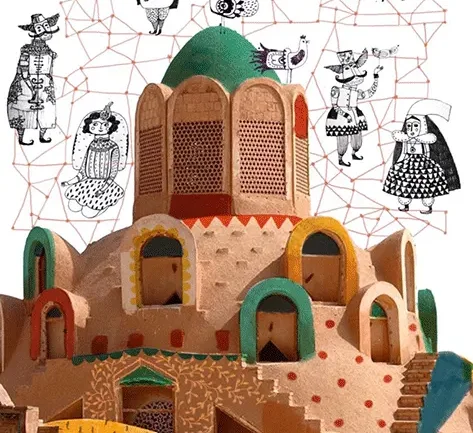
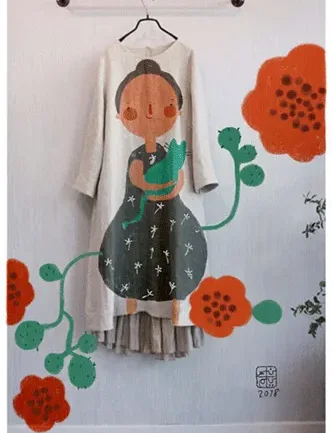
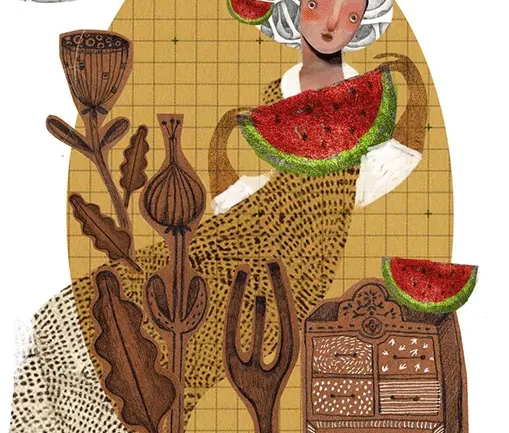



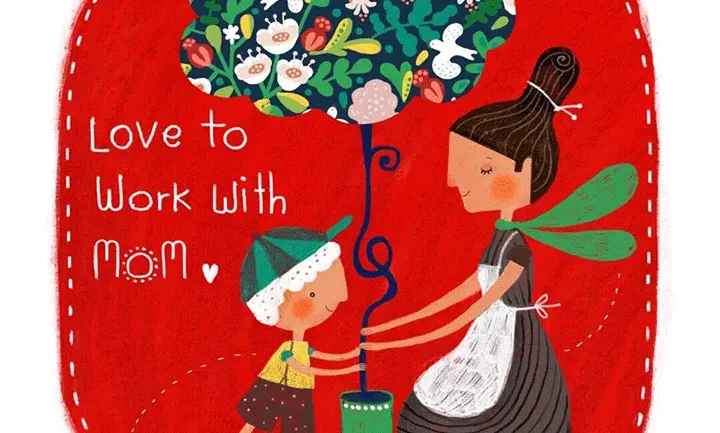
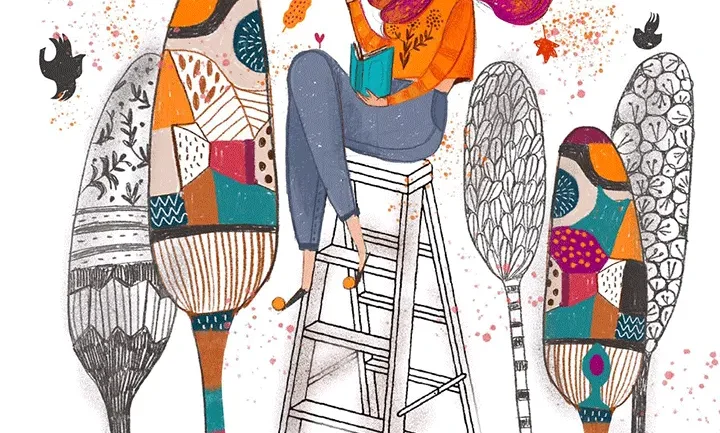


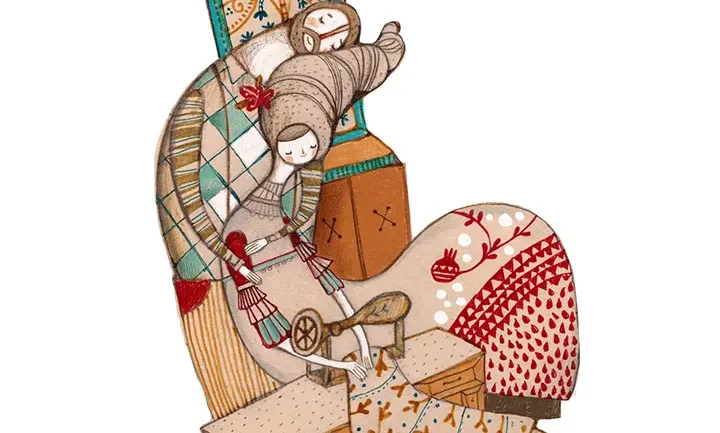
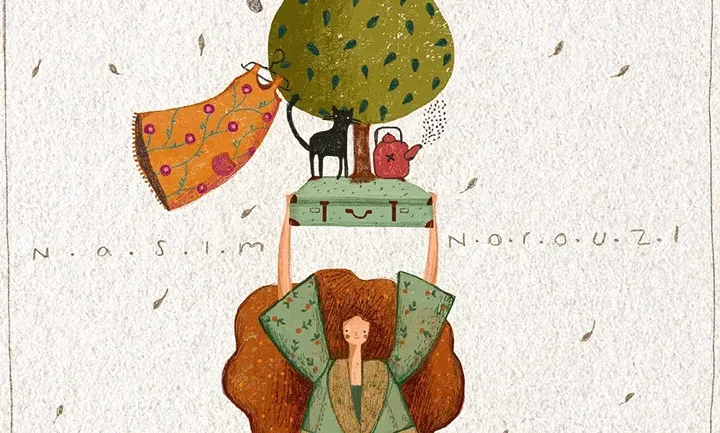

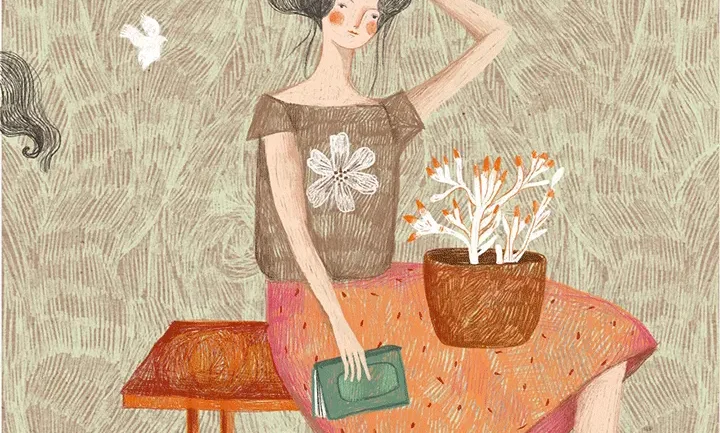

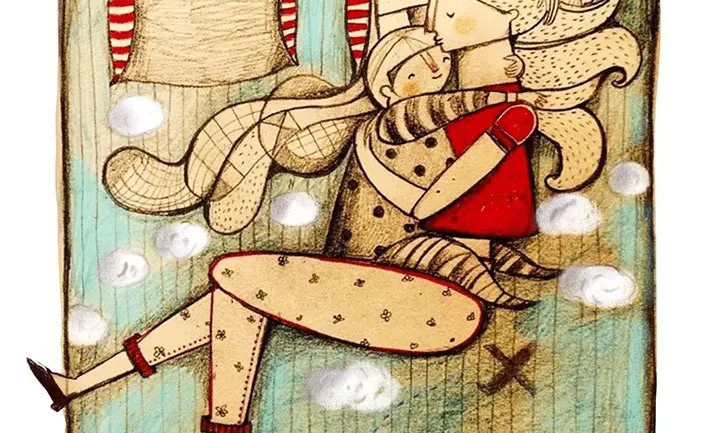

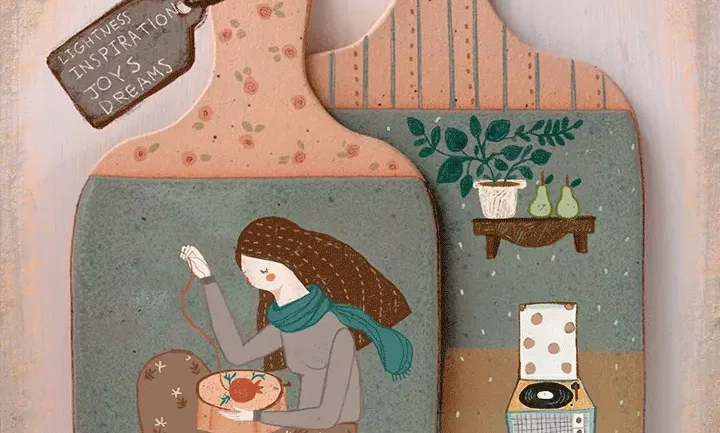
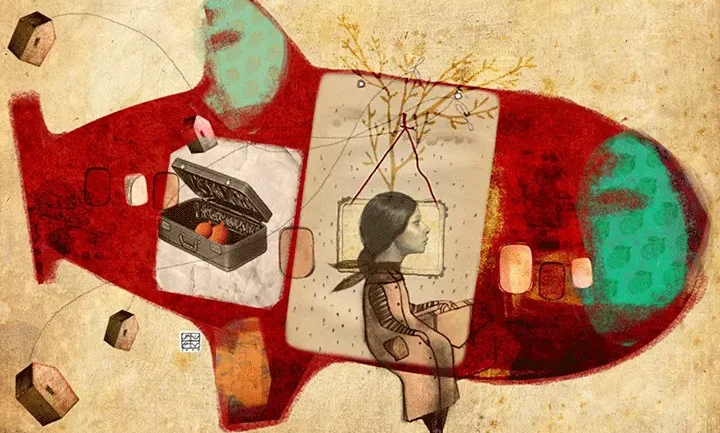

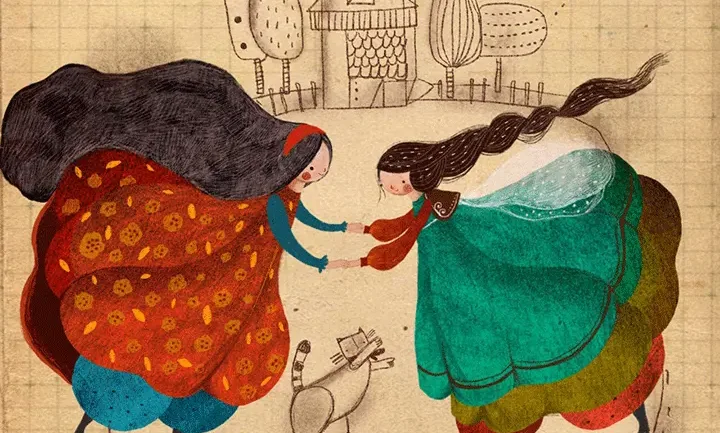

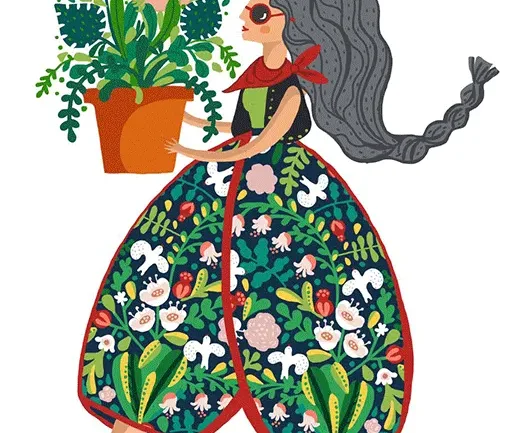



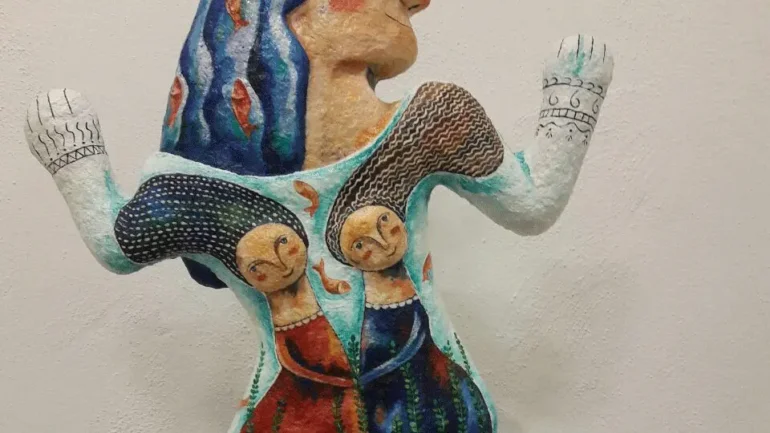
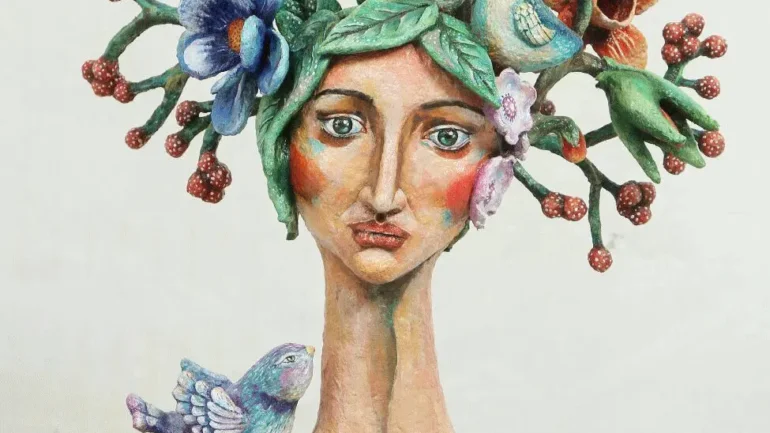


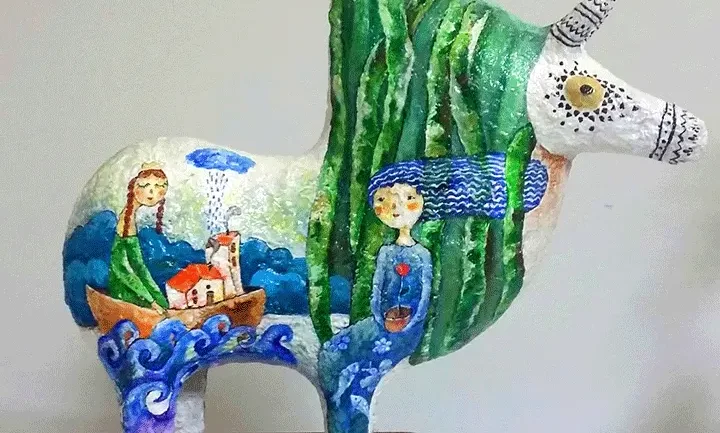

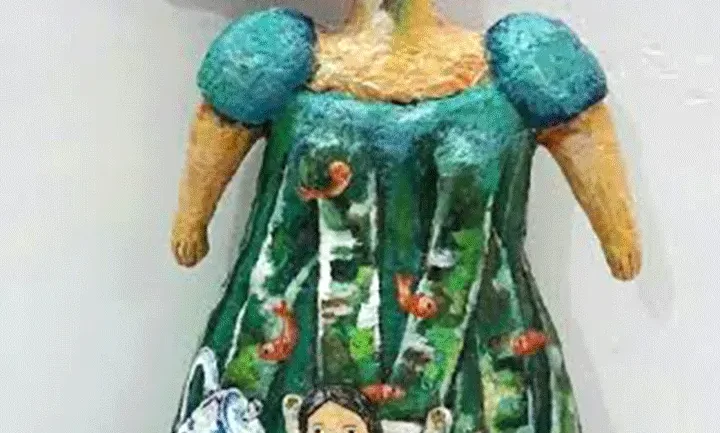
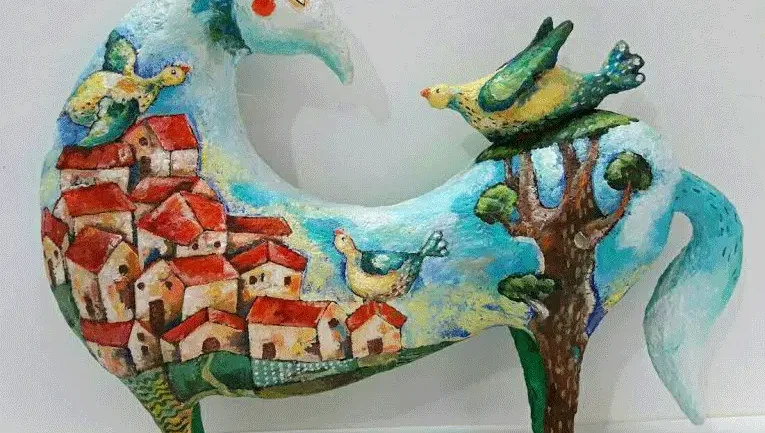
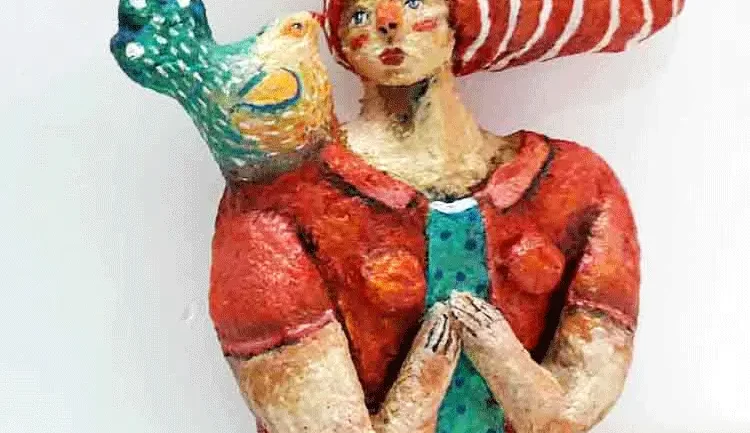
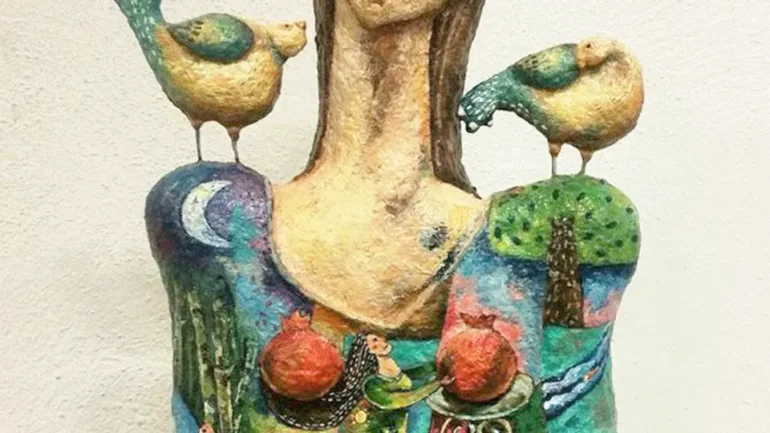
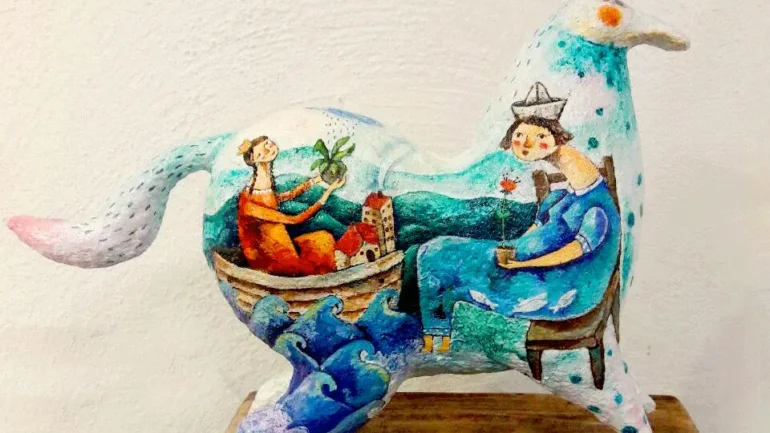
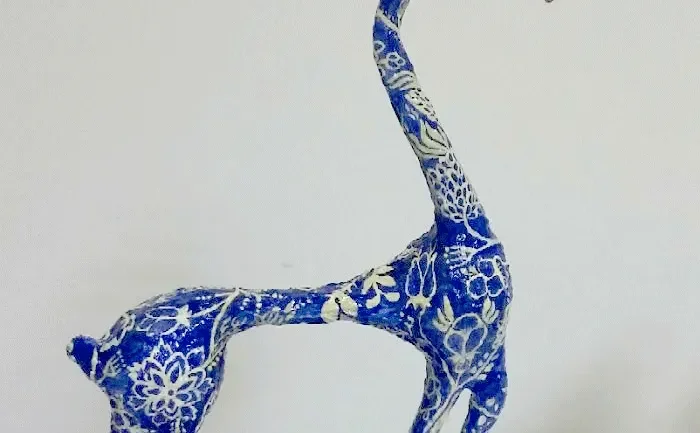
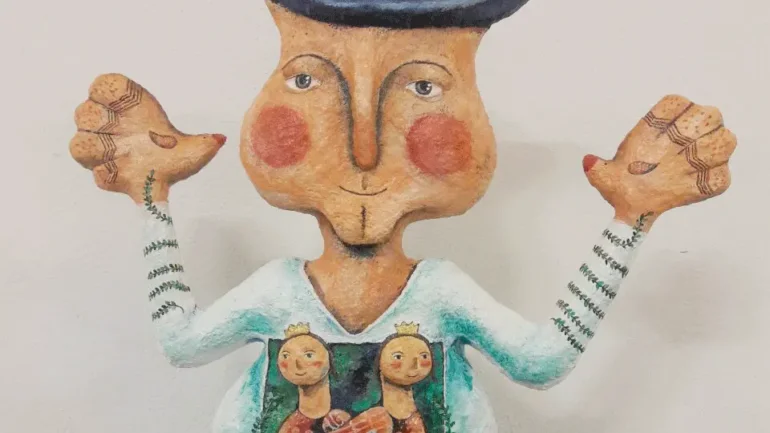
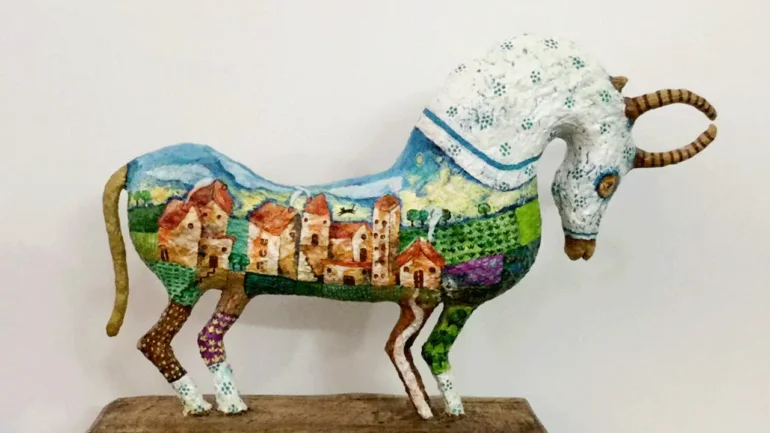
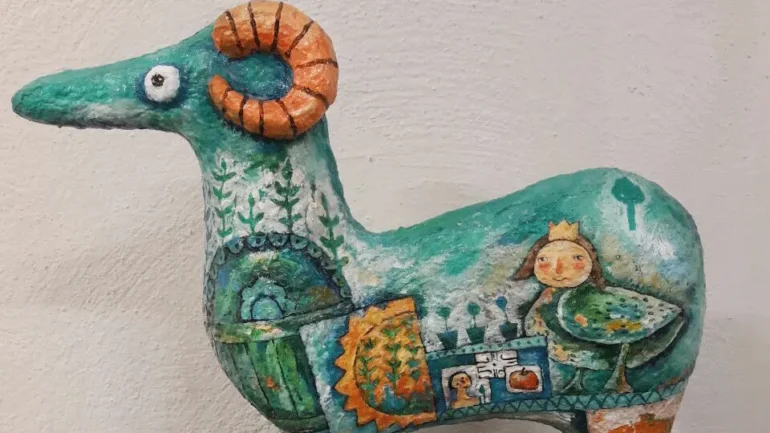
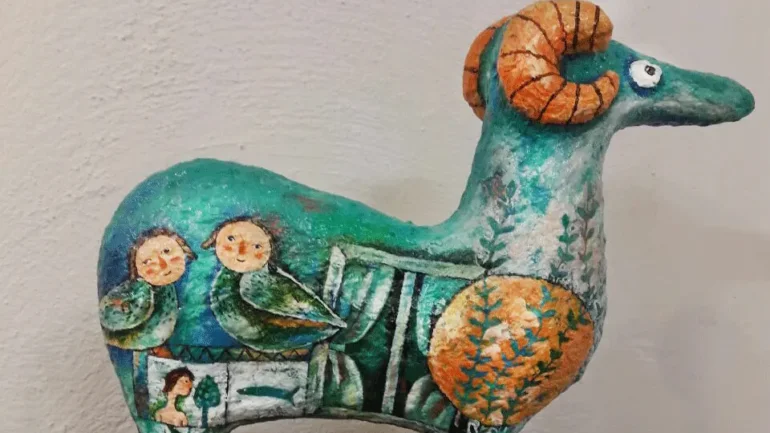
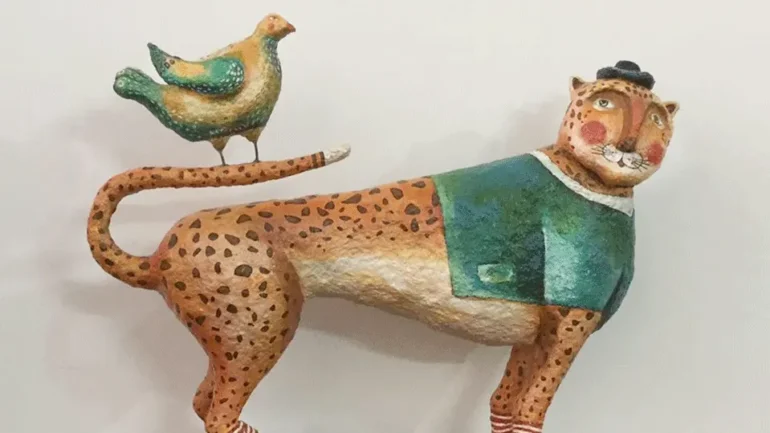

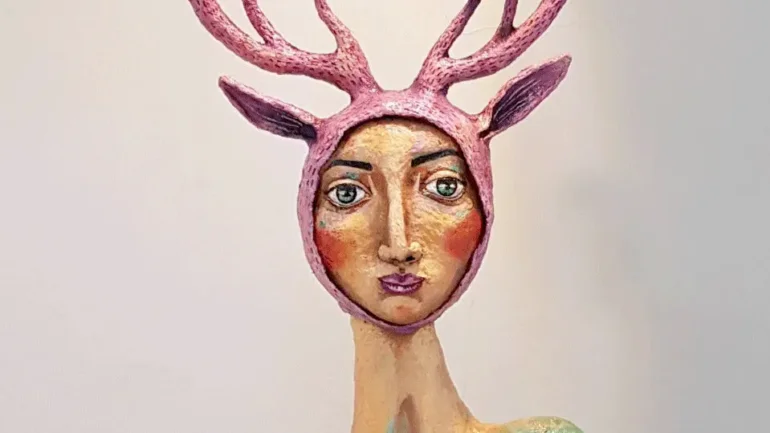

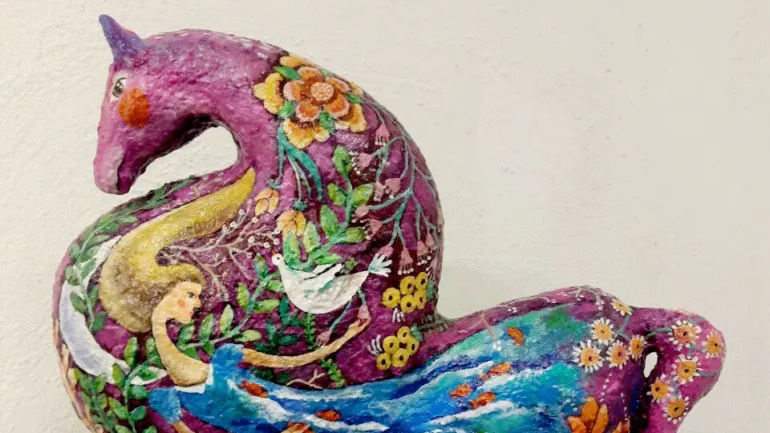
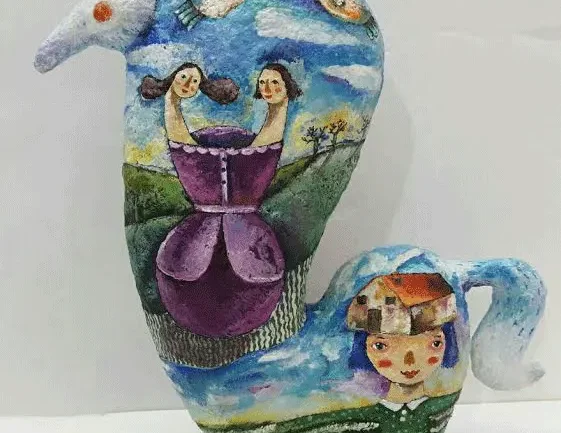
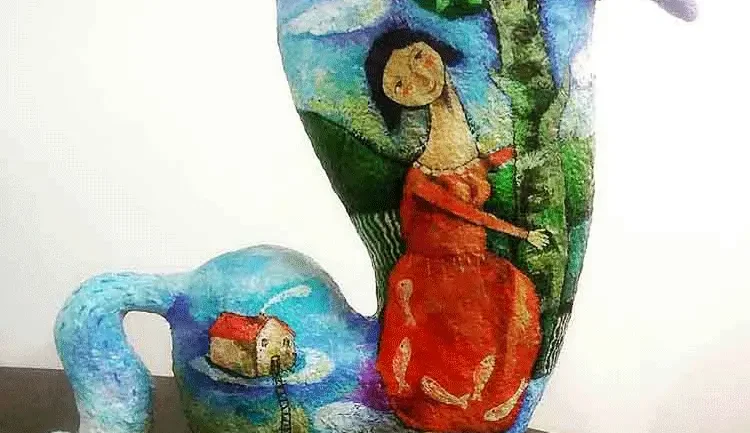
A solo exhibition of her illustrations was held in 2010 in Tehran’s Negarestan Museum Garden.
Since 2010, she has traveled across Iran, conducting workshops training students in the art of paper mâché and teaching illustration at local colleges. She authored a book, “What a Book Illustrator Should Know about a Child,” in 2015 and has published several articles on illustration in professional journals.
Ms. Mirbabaeiyan has been asked to judge works in several visual art festivals, and she is a member of the Iranian Illustrators Association.
In addition to her academic endeavors, she continues to produce her artwork, participating in more than 10 group exhibitions since 2008. Her artwork has been featured in three solo exhibitions and her papier mâché sculptures were exhibited in 2016 in the Nuran Ghaemshahr Gallery.

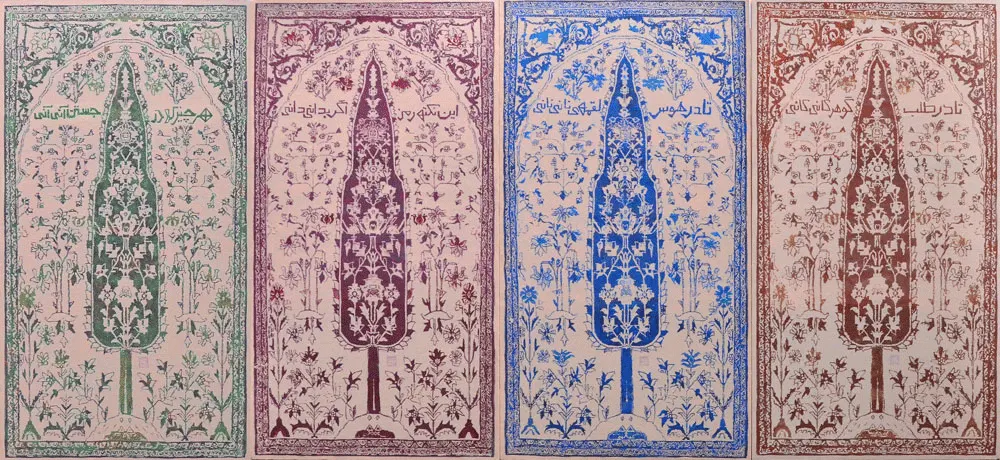
Narenj Kazemi
Her works have been exhibited in numerous juried group shows from 2011 to the present and featured solo shows in the E1 Art Gallery and the Miran Shah Gallery, both in 2017. She was interviewed in a national television broadcast in 2017 to discuss her solo exhibition.
Epic of Gilgamesh
“Deep Oath”
The oldest human epic
The Epic of Gilgamesh is an epic poem from ancient Mesopotamia that is often regarded as the earliest surviving great work of literature. The literary history of Gilgamesh begins with five Sumerian poems about Bilgamesh (Sumerian for “Gilgamesh”), king of Uruk, dating from the Third Dynasty of Ur (c. 2100 BC). These independent stories were later used as source material for a combined epic in Akkadian. The first surviving version of this combined epic, known as the “Old Babylonian” version, dates to the 18th century BC and is titled after its incipit, Shūtur eli sharrī (“Surpassing All Other Kings”). Only a few tablets of it have survived. The later “standard” version dates from the 13th to the 10th centuries BC and bears the incipit Sha naqba īmuru (“He who Saw the Abyss”, in modern terms: “He who Sees the Unknown”). Approximately two thirds of this longer, twelve-tablet version have been recovered. Some of the best copies were discovered in the library ruins of the 7th-century BC Assyrian king Ashurbanipal.
Artist’s Statement
The reason for my interest in Persian rugs and motifs was that I want to revive interest in what is thought of as old and dusty Iranian art that is not getting the attention that it deserves.
As an Iranian, I grew up with these designs.
It is important for me to show that the belief that all of our works and all of our striving for perfection, everything, ends with death is really not true… because everything is reborn with death. Even decay and rust and even mold create aesthetically pleasing colors, sometimes of stunning brilliance.
Besides choosing to use the timeless style of carpet art to express this belief, I have chosen to tell the story of the ancient myth of Gilgamesh from the Sumerian Era. This tale possesses the same glimmer of eternity after death. It conceptually reflects the purpose of this collection.
The story of Gilgamesh is shown in six illustrations which are designed in the form of carpets. Using the same motif, I have depicted poems from Rumi and Khayyam, which, in their way, reflect the overall theme of my “Deep Oath” exhibition of the life, death, and eternity.
My choice of acrylic on canvas media and the use of acalin powder in the works was done deliberately to show the eternal brightness of ancient art and legends shining beautifully throughout the process of death and destruction.
The profound message that comes down to us from an ageless past is a truth that was understood by our most ancient ancestors the deep and essential relationship between death and the beauty of rebirth that exists throughout the universe.



